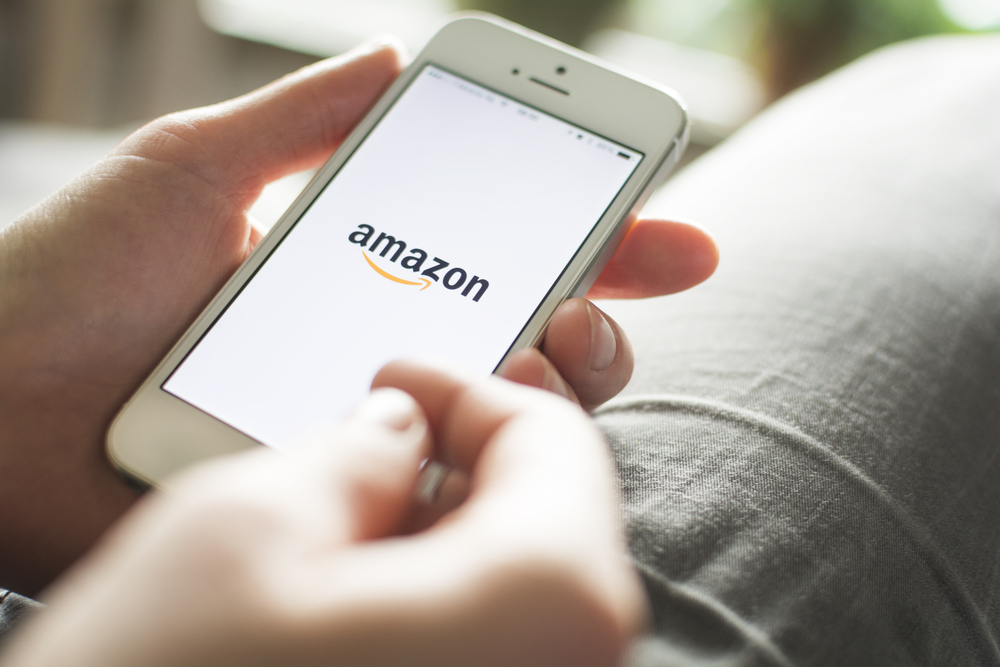Amazon eyeing the luxury market
The changes caused by the pandemic should also impact the luxury market. Keeping that in mind, which makes $1.4 trillion a year, Amazon launched the “Luxury Store,” a store available within the company’s own website, but with a well-targeted proposal. You only have access, for example, to selected Amazon Prime members in the United States, and there is no information about a possible expansion. The control is done around a list of invitation requests to access the category.


For the inauguration of the feature, the first guest brand was the Oscar de la Renta brand, which works in the clothing segment. New brands are expected to be announced soon. In the future, “luxury e-commerce” should become a new way for brands that want to make exhibit products on the platform, but for a very specific audience. Amazon’s idea is to allow these big brands to customize the selling experience on the platform the way they prefer. In an interview with Vogue, Amazon Fashion President, Christine Beauchamp, described the Luxury Store as a “creative and elevated” way that adds “innovative technology” to an “easier and delightful” shopping experience.
In addition to visual options, Luxury Store brands may:
- Set items as price values,
- Inform and control product availability,
- Define which product will be displayed to each user as they access the page,
- Define whether you will use the retail delivery service to distribute your products,
- Possibility to view the product in 360◦.
Luxury Challenges


In an interview with journalist Fabiana Scaranzi on Youtube at Forbes Brazil, Carlos Ferreirinha, one of the biggest references in the Brazilian luxury market and founding partner of Bento Store, explained that the luxury market has always been very resilient. But it is necessary to understand that “digital transformation is the new normal”. According to him, for business, e-commerce is now essential, the crisis only made this official. It remains to be seen how the experience, something so important in this market, will be offered to the consumer. The bet is on petit comité events in the customers’ house (they are ambassadors). For the luxury consumer, coming and going is key. They gain the street stores, which has less flow of people, and environment 100% controlled by the brand.
An unedited survey by Hibou with consumers of luxury products in Brazil, surveyed data that show the change of habit of this public. It shows that 27% of shoppers say they want to keep the routine of physically buying in stores, but need to feel that they are safe. To be 91% transparent with the hygiene procedures of the spaces – especially in malls, parts, and team care – will make brands remain on the list of favorites or not.


In addition, social responsibility will be a tiebreaker between the preferred brands. 74% want something from the brands they love beyond the “name”, and 64% want to choose among their favorites in the one that collaborated the most, or collaborates, generating jobs and helping people in a risk group. For experts, luxury is based on quality and style and therefore will continue to exist. But brands have as a new challenge to engage with closer proximity and present more social and environmental responsibility.





